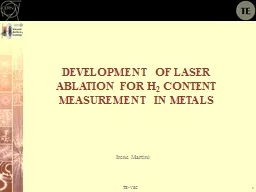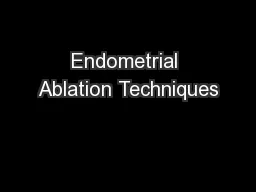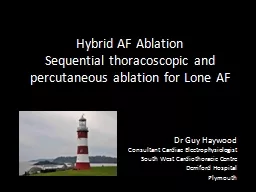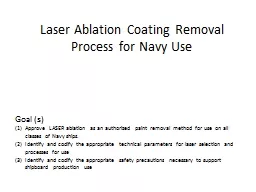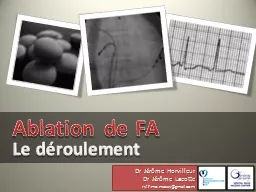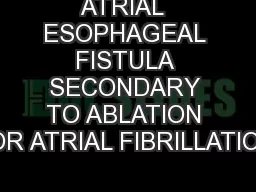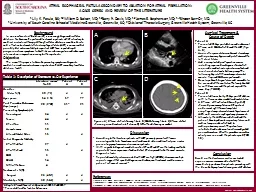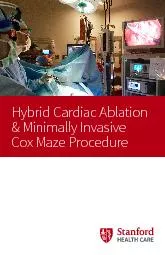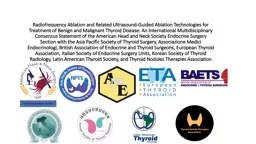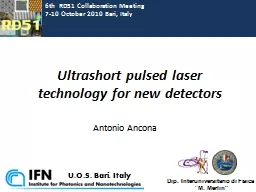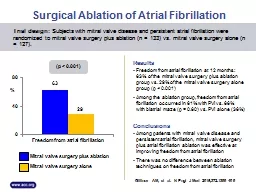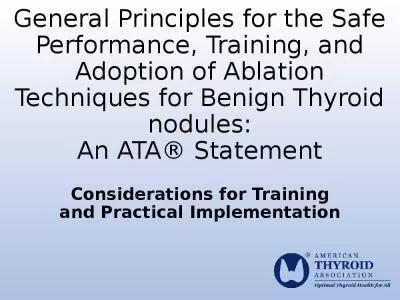PPT-DEVELOPMENT OF LASER ABLATION FOR H
Author : eatsyouc | Published Date : 2020-06-17
2 CONTENT MEASUREMENT IN METALS TEVSC 1 Irene Martini Outline Motivation CLIC accelerating structures static and dynamic pressure requirements Future plans measurement
Presentation Embed Code
Download Presentation
Download Presentation The PPT/PDF document "DEVELOPMENT OF LASER ABLATION FOR H" is the property of its rightful owner. Permission is granted to download and print the materials on this website for personal, non-commercial use only, and to display it on your personal computer provided you do not modify the materials and that you retain all copyright notices contained in the materials. By downloading content from our website, you accept the terms of this agreement.
DEVELOPMENT OF LASER ABLATION FOR H: Transcript
Download Rules Of Document
"DEVELOPMENT OF LASER ABLATION FOR H"The content belongs to its owner. You may download and print it for personal use, without modification, and keep all copyright notices. By downloading, you agree to these terms.
Related Documents

